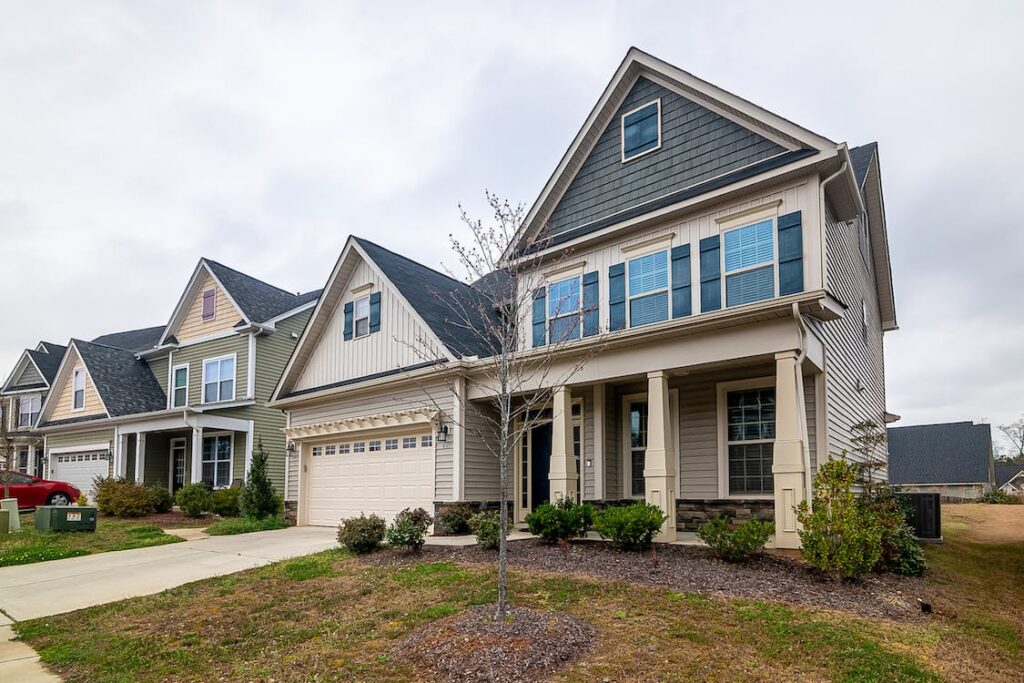U.S. County Housing Prices Reach Unprecedented Levels of Unaffordability
Housing affordability in the United States has reached a critical point, with a new report from Attom, a real estate data site, revealing that 99% of U.S. counties are experiencing historically high levels of unaffordability for median-priced single-family homes and condos. This grim assessment is based on an analysis of 578 counties, highlighting a concerning trend that has been evolving over the past two years.
Despite mortgage interest rates remaining elevated due to inflation challenges faced by the Federal Reserve, housing prices have remained stubbornly high in many areas. Even as home sales have significantly slowed compared to the frenzied housing market of 2020, 2021, and early 2022, home prices have continued to rise. This has led to a deteriorating affordability landscape across the nation.
In the third quarter of 2023, the combined impact of rising home prices and mortgage rates has put considerable strain on the budgets of prospective homebuyers. The report states that the typical portion of average wages required for major homeownership expenses has surged to 35%, a figure well above the common lending standard of a 28% debt-to-income ratio. This alarming increase represents the highest level since 2007, significantly surpassing the 21% figure observed in early 2021, just before mortgage rates began their ascent from historic lows.
Attom’s CEO, Rob Barber, emphasized the gravity of this situation, noting that three-quarters of markets across the country are now exceeding the basic lending benchmark of 28%. The typical monthly cost for a mortgage, including homeowner insurance, mortgage insurance, and property taxes, has soared to $2,053 in the third quarter, marking the first time it has surpassed the $2,000 threshold. This means that the cost of the typical monthly payment consumes a substantial 34.6% of the average national wage of $71,214.
These trends are causing growing concern, as housing affordability is a critical factor in financial stability and well-being. When households spend more than 30% of their income on housing expenses, they are considered cost-burdened or “house poor.” The situation becomes even more dire when households allocate more than 50% of their income to these expenses, classifying them as severely cost-burdened. This housing affordability crisis underscores the urgent need for comprehensive solutions to address the widening gap between home prices and income levels.






